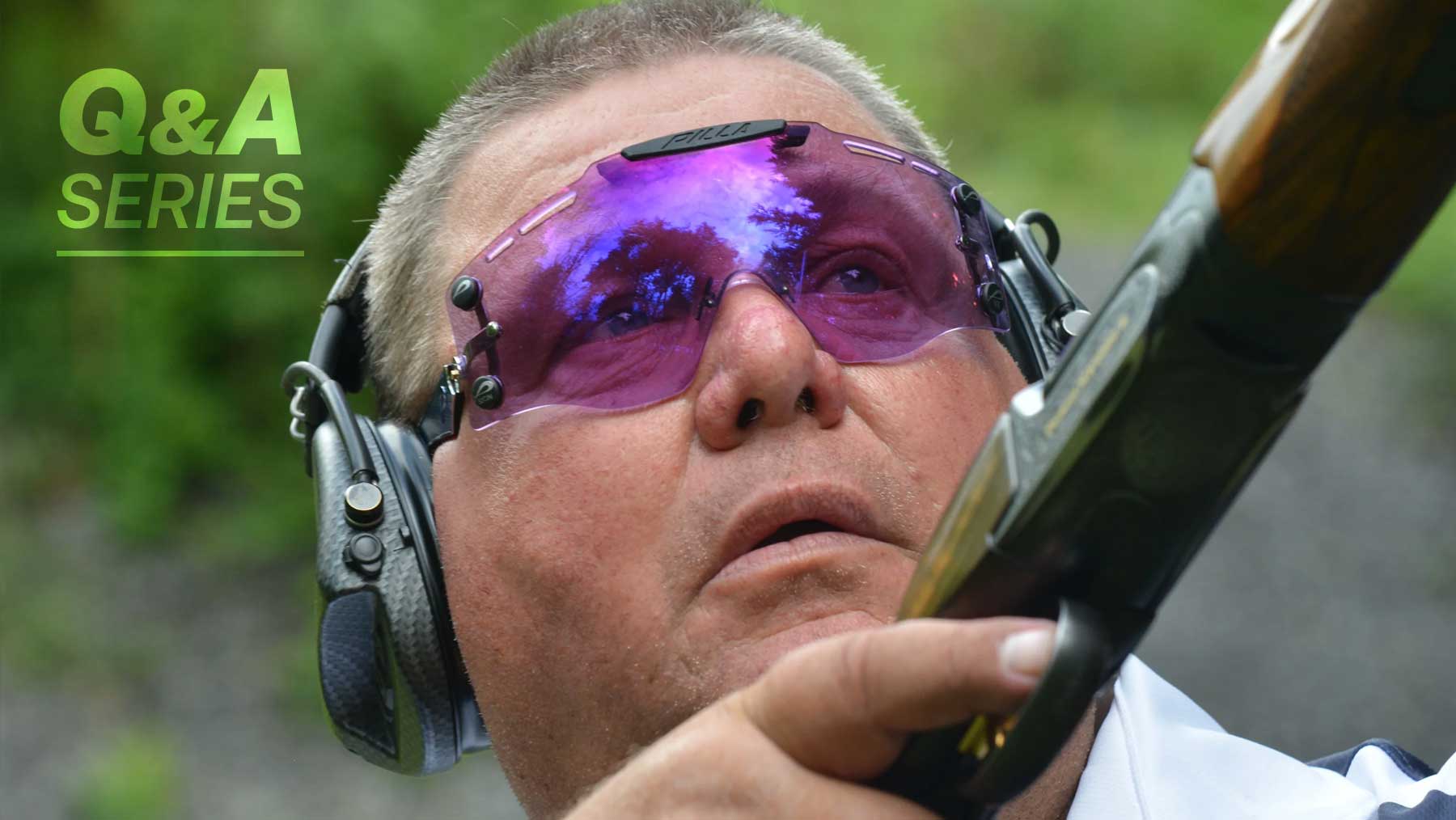What is Sporting Clays?
Sporting clays was created to replicate the flight of game birds and to give hunters a way to learn how to shoot before going hunting. Unlike hunting, which can be done only at certain times of the year, sporting allowed people to shoot year-round. Over time it transitioned from being a training exercise and became a competitive discipline as well.
In America and the UK, sporting involves a course of several stations, each presenting pairs of targets. Another variation is called FITASC, which is the most popular game in the rest of the world. It breaks down targets into groups of 25, called parcours. In both cases, competitions usually consist of 100 or 200 targets, with the 200-target events being shot over multiple days.
By far sporting’s greatest appeal comes from its variety. In addition to the standard clay targets thrown at trap and skeet ranges, sporting offers targets as small as 60 mm. There are also thin targets called battues that slice through the sky before turning and plummeting to the ground, and thick rabbit targets that bounce along the ground.
No two sporting courses are the same, and most shooting grounds periodically mix up the targets to offer shooters a new challenge. It’s a far cry from the rudimentary targets and layouts developed when the sport began.
But sporting never has abandoned its roots. There’s no better warmup for hunting season than getting out and shooting a round or two of sporting clays.
This article is adapted from 28-time world champion George Digweed’s videos on shooting, available at claytargetinstruction.com



0 Comments